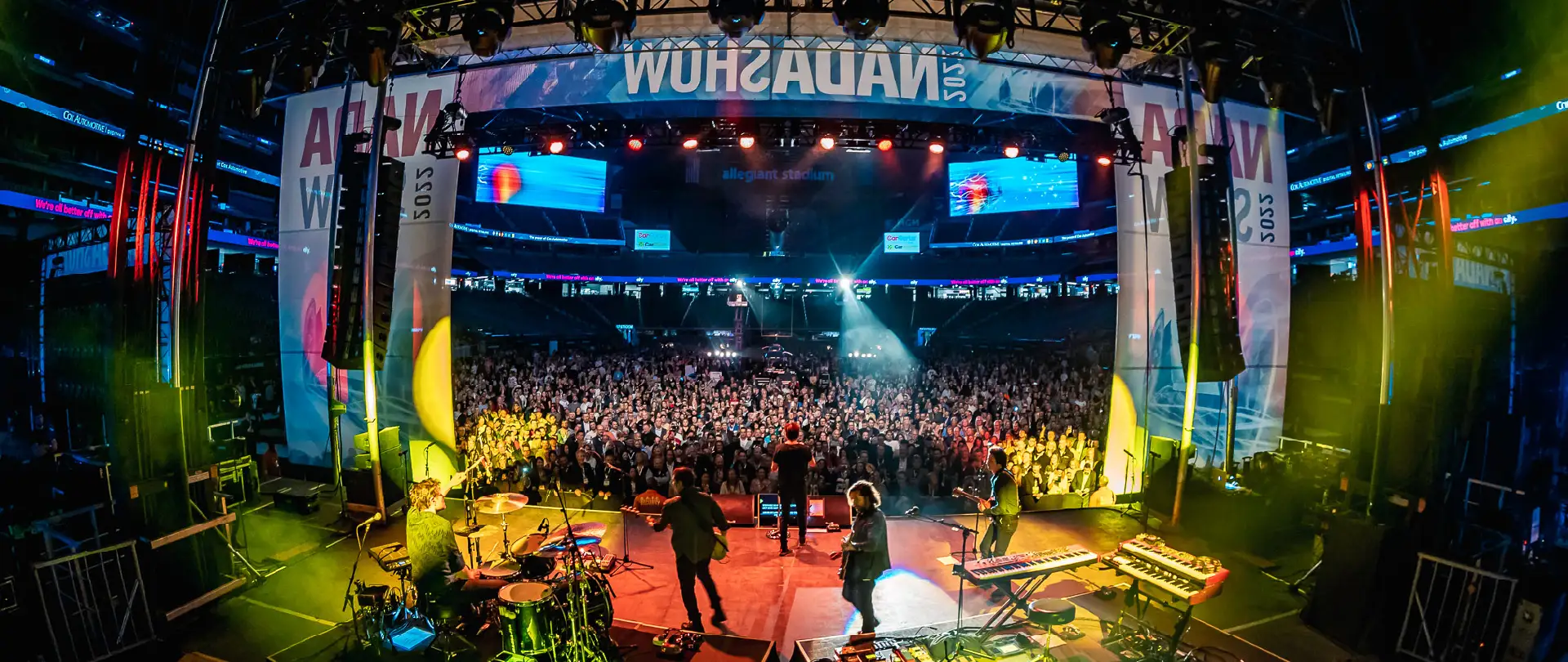Transforming Spectator Engagement Via Engaging VR Encounters within Live Performances
Transforming Spectator Engagement Via Engaging VR Encounters within Live Performances
Blog Article
In the past years, digital reality has emerged a potent instrument for boosting audience involvement in real-time performances. This innovation allows audiences to immerse themselves in a three-dimensional environment, creating a distinct encounter that traditional media cannot duplicate. Through using VR, creators can move viewers into the core of the performance, causing them feel as if they are integral of the performance. This groundbreaking method not only captivates audiences but also opens up new possibilities for narrative and engagement.
A of the primary benefits of using VR in real-time performances is the capability to forge a greater engaging experience. Audiences can interact with the show in the moment, shaping the outcome or exploring different viewpoints. For instance, in a stage show, audiences using VR headsets can select to pursue particular roles or segments, allowing them to tailor their encounter. This level of interactivity fosters a deeper connection between the audience and the show, rendering it even unforgettable and significant.
Additionally, VR tools can improve the visual and sound aspects of a live production. Using high-quality graphics and sound design, producers can build breathtaking environments that attract viewers in. This engaging characteristic can elevate the complete encounter, rendering it even more engaging and pleasurable. For example, a musical performance can be converted into a rich encounter, where audience members experience as if they are standing in front with the performers. Such enhancements not only draw bigger viewers but also promote return viewing, as viewers look to re-experience the thrill.
Alongside enhancing audience involvement, VR can also provide valuable insights for producers. By examining how audiences interact with the virtual environment, creators can gather data on audience preferences and behaviors. This data can guide future productions, helping to customize material to more effectively satisfy the demands and desires of the viewers. As a consequence, VR not just enriches the current experience but also contributes to the evolution of real-time productions as a whole.
As staging for gala dinners the technology continues to advance, the potential for VR in real-time performances is immense. Ranging from stage shows and concerts to sports events and festivals, the possibilities are limitless. By embracing this innovative approach, producers can transform the way viewers experience live entertainment. As more producers investigate the incorporation of VR, it is probable that we will witness a shift in how shows are crafted and presented, ultimately resulting to a more engaging and interactive prospect for real-time performances.